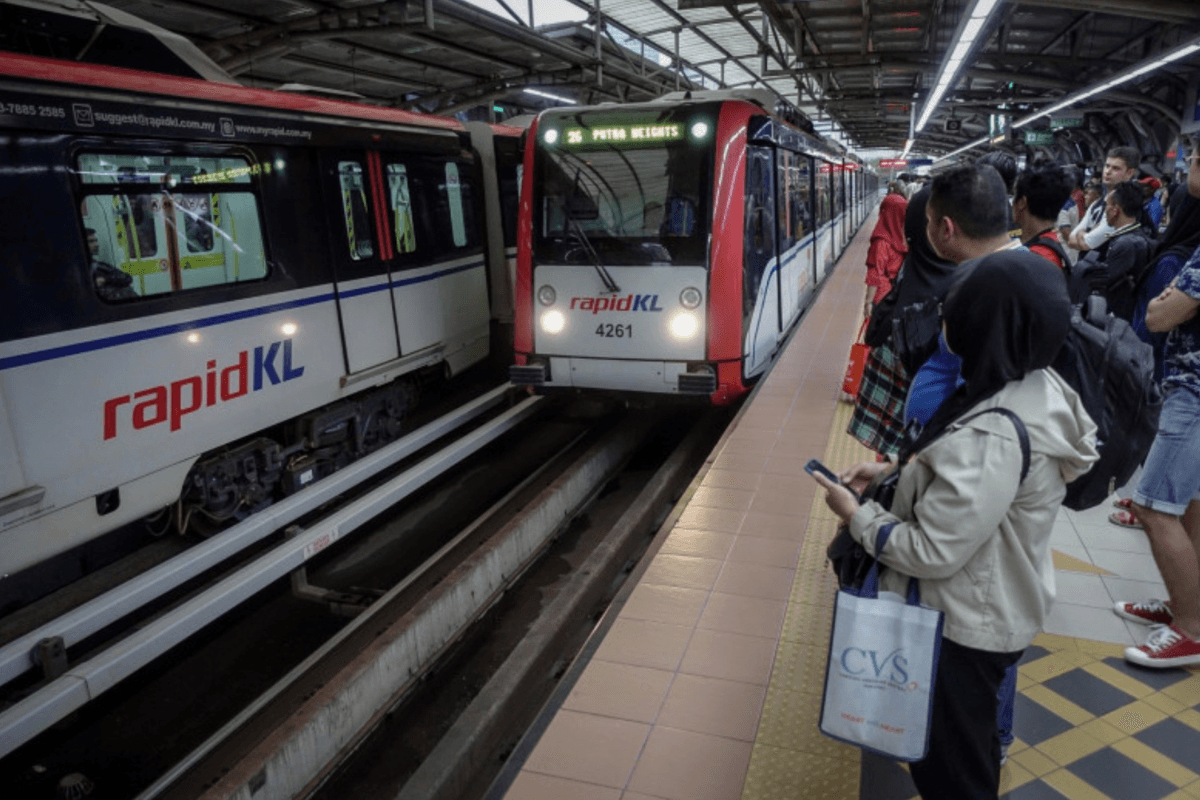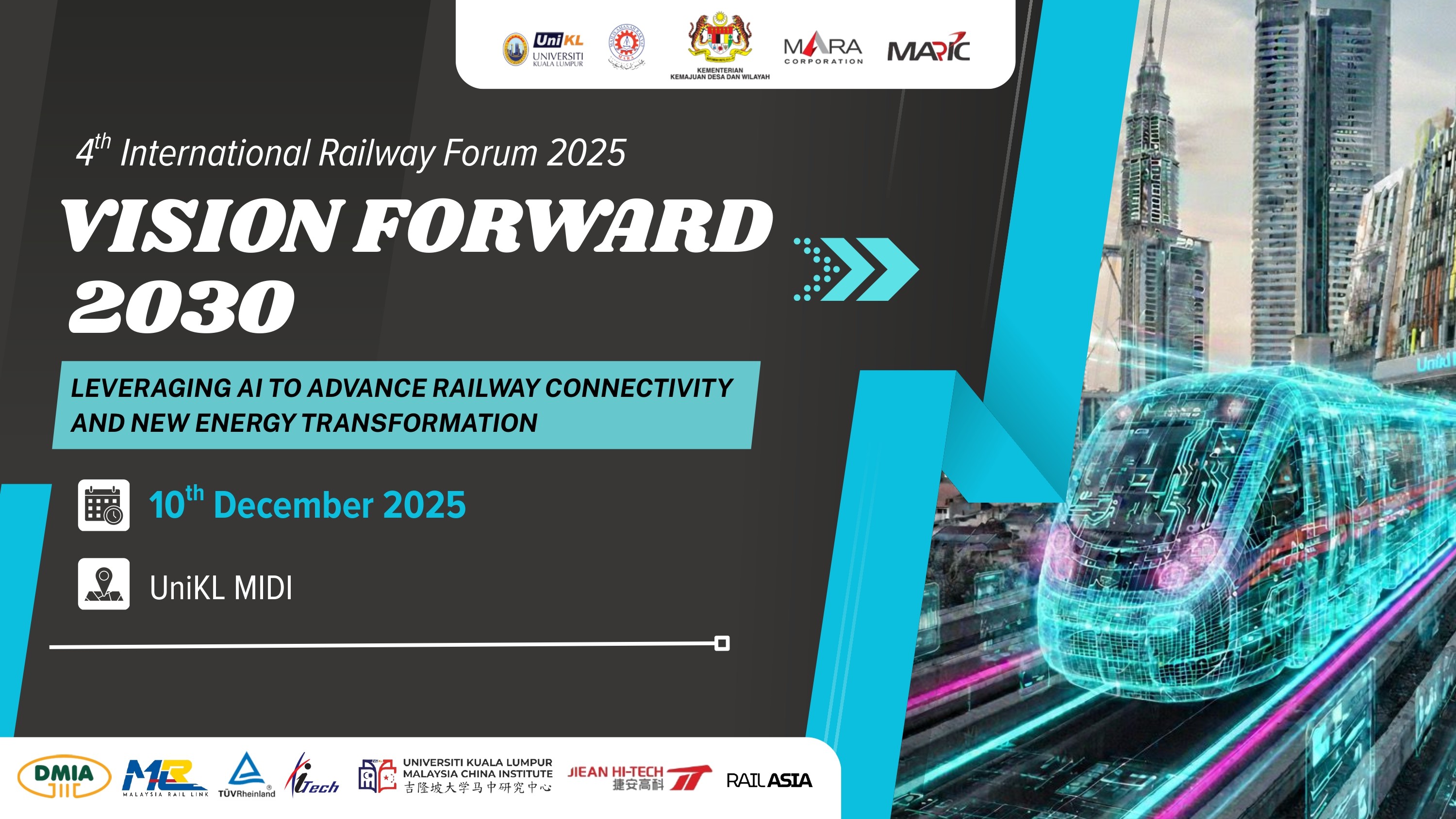Aug 8, 2025
Rail Infrastructure Boost Anticipated in Asia
BEIJING, August 2025 — Anticipation is building for a significant boost in rail infrastructure development across Asia, spurred by recent economic and strategic initiatives. The sector is poised to see considerable growth and investment as countries look to enhance connectivity and streamline transportation networks.
Details have emerged indicating multiple large-scale projects are in the pipeline, aimed at modernizing existing rail lines and constructing new high-speed networks. These projects are expected to not only improve passenger travel but also significantly enhance freight transport capabilities, facilitating smoother trade and economic activities within the region.
The expected improvements in rail infrastructure are set to have a wide-ranging impact. For the rail sector, this means opportunities for technological advancements such as high-speed rail systems and digital signaling technologies and increased efficiency. Regionally, enhanced connectivity is expected to drive greater economic integration and development. Economically, reduced transportation costs and times could boost trade and attract further investment.
Supporting this wave of development are governmental policies designed to encourage public-private partnerships, making these ambitious projects feasible. These partnerships are crucial for injecting the necessary capital and expertise into the rail sector, ensuring sustainable and effective growth.
Asia’s major rail projects in 2025 include Thailand-China and Laos-China high-speed rail corridors linking key cities, Malaysia’s expanding network with KL-Singapore links, Indonesia’s Jakarta-Bandung "Whoosh" high-speed rail operational since 2023, and ongoing urban metro expansions in Ho Chi Minh City and Seoul.
Central to the development is the Pan-Asian Rail Network, also known as the Kunming-Singapore Railway. This ambitious corridor will link China’s Kunming to Singapore via Laos, Thailand, and Malaysia. Once completed, it will reduce travel time from Kunming to Singapore from approximately 90 hours to 30 hours, with projections to reach 18 hours by 2040. This continuous rail artery will also enhance freight movement, with trains expected to travel at speeds up to 150 km/hr, streamlining logistics and deepening trade integration.
China’s role remains pivotal through its Belt and Road Initiative (BRI), contributing major financial, technological, and construction expertise to the region's rail projects. However, the scale of investment has raised concerns about debt sustainability and political complexities, especially in countries like Laos and Indonesia.
In conclusion, the anticipated surge in rail infrastructure projects signals a transformative phase for Asia’s transportation landscape. This development is expected to foster economic growth, boost regional connectivity, and provide substantial opportunities for industry players, marking a significant step forward in the region’s development agenda
Related Post
Latest Post
Subscribe Us
Get Subscribe To Our Latest News & Update












